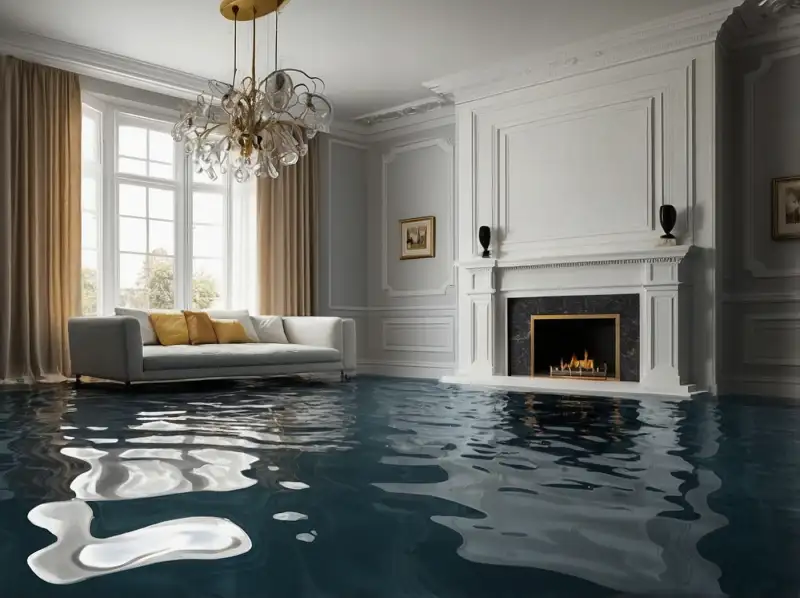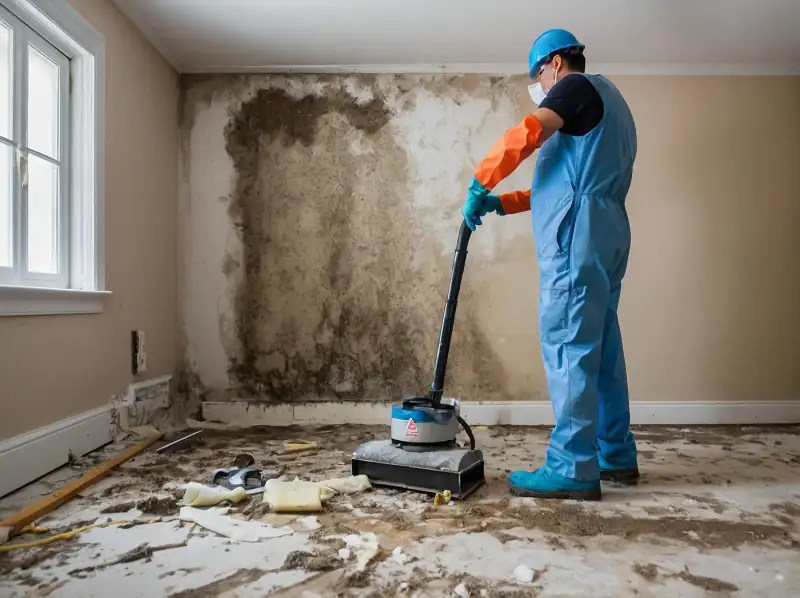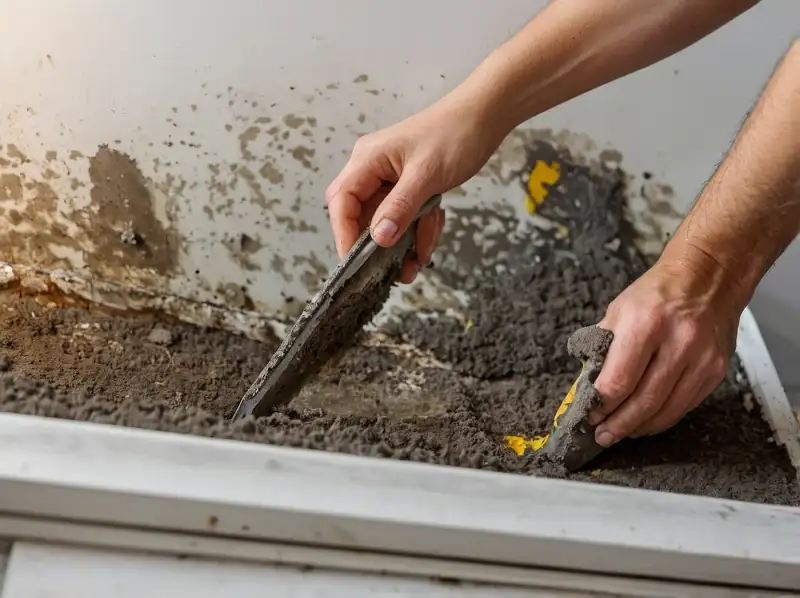
28
Aug
Expert Water Damage Restoration in Edmonton: Your Guide
Water damage is an unfortunate reality for many property owners in Edmonton and its surrounding areas, such as St. Albert and Sherwood Park. Whether it’s from a burst pipe, heavy rainfall, or an unexpected flood, understanding how to respond swiftly and effectively can save you time, money, and stress. In this guide, we’ll delve into the ins and outs of water damage restoration in Edmonton, helping you make informed decisions when disaster strikes.
Understanding Water Damage
Water damage occurs when water intrudes into areas where it shouldn’t be, causing detrimental effects on your property. It can lead to structural damage, mold growth, and health risks if not addressed promptly. In Edmonton, the fluctuating weather can increase your chances of experiencing water damage, particularly during the spring thaw or heavy rains.
Types of Water Damage
- Clean Water Damage: This type of damage results from clean water sources, such as a leaky faucet or a broken pipe.
- Gray Water Damage: This involves water from appliances like washing machines or dishwashers. Though not directly harmful, it can lead to more serious issues if left untreated.
- Black Water Damage: This is the most severe type, often caused by sewage backups or flooding from rivers. It poses serious health risks and requires immediate professional intervention.
Steps for Effective Water Damage Restoration
When faced with water damage, it’s vital to act quickly. Here’s a step-by-step approach that can help you navigate the restoration process.
1. Ensure Safety First
Your safety is paramount. Before entering a water-damaged area, switch off electricity and gas supplies to avoid hazardous situations. If the water is contaminated or if you’re uncertain about safety, it’s best to call in professionals.
2. Contact Our Restoration Experts
For residents in Edmonton, contact our restoration experts immediately for assistance. Our team is trained to handle emergency situations and can provide the right solutions tailored to your needs.
3. Assess the Damage
Once it’s safe, assess the extent of the damage. This includes checking walls, flooring, and belongings. Documenting the damage with photos is also helpful for insurance claims.
4. Water Removal and Drying
The next critical step is to remove standing water. This can be done using pumps or wet vacuums. After the bulk of the water is removed, drying the area is essential to prevent mold growth. Dehumidifiers and fans can speed up this process.
5. Cleaning and Sanitizing
After drying, it’s important to clean and sanitize the affected areas. This is where our professional sanitization services come into play. We ensure that bacteria and mold are eliminated, making your space safe again.
6. Repair and Restore
Finally, assess which materials can be salvaged and which need replacement. This may involve repairing drywall, replacing flooring, or even major renovations. For comprehensive restoration, our water damage restoration team in Edmonton can assist you through every step.
Preventing Future Water Damage
Once you’ve gone through the restoration process, it’s crucial to take steps to prevent future water damage. Regular maintenance checks, proper drainage systems, and investing in sump pumps can help mitigate risks. Additionally, residents in Edmonton can benefit from understanding their insurance policies to ensure coverage in case of future incidents.
Conclusion
Water damage restoration in Edmonton doesn’t have to be overwhelming. By understanding the types of damage, knowing the restoration process, and taking preventive measures, you can protect your property effectively. If you find yourself in need of immediate assistance, don’t hesitate to contact our restoration experts today. We’re here to help you get back on your feet and embrace a fresh start.
For any further information on our services, check out our service areas or explore our fire damage and mold remediation services. Remember, we’re just a call away!



